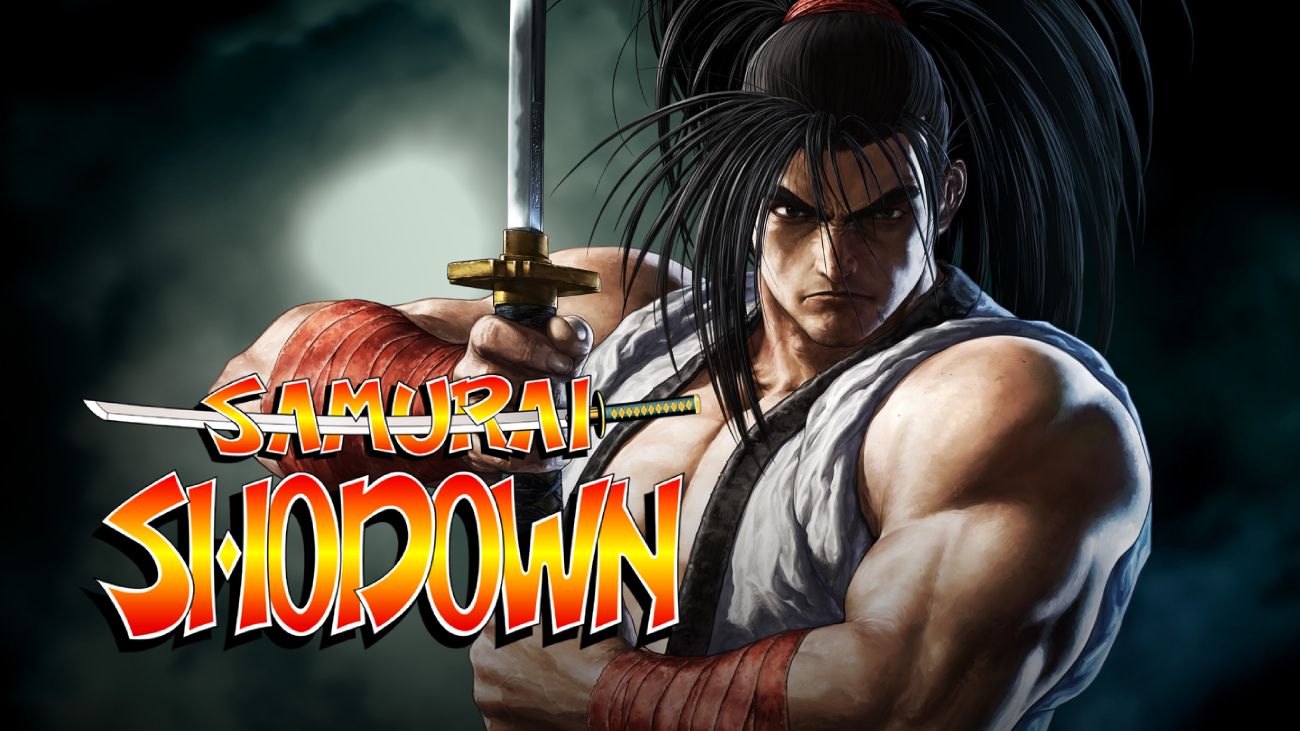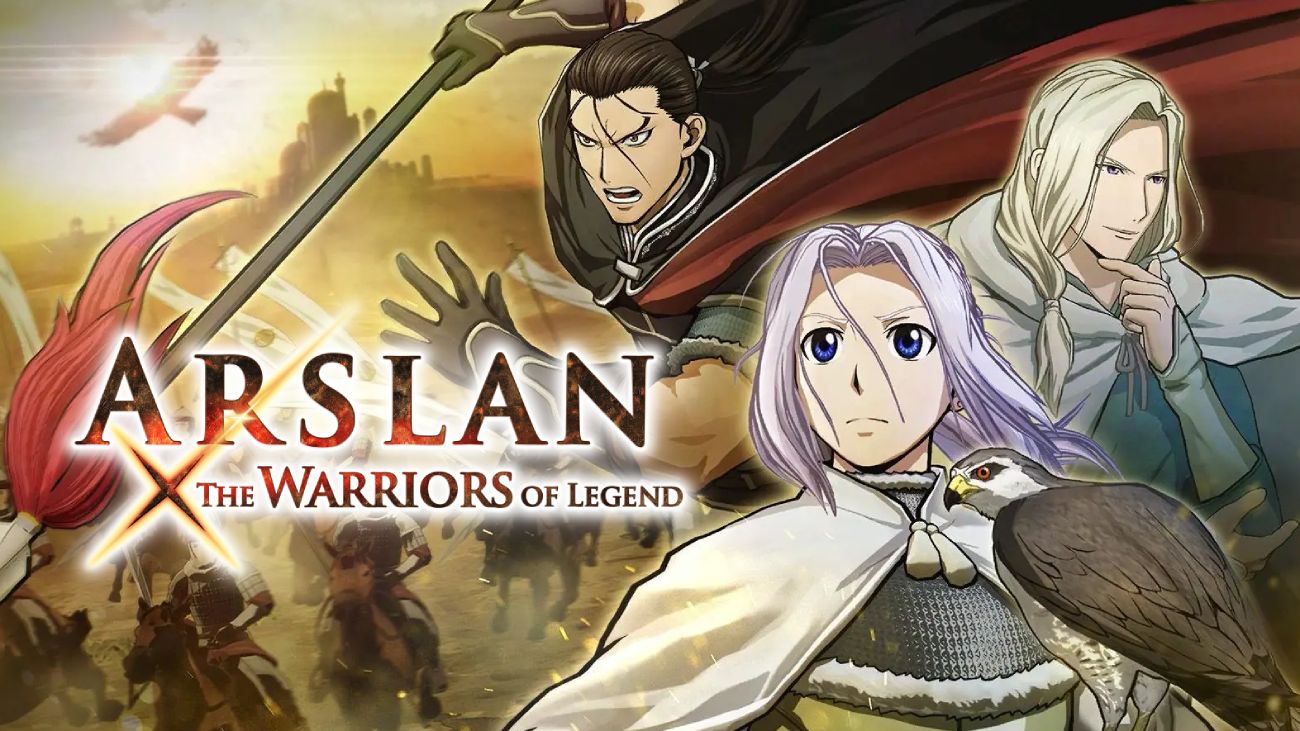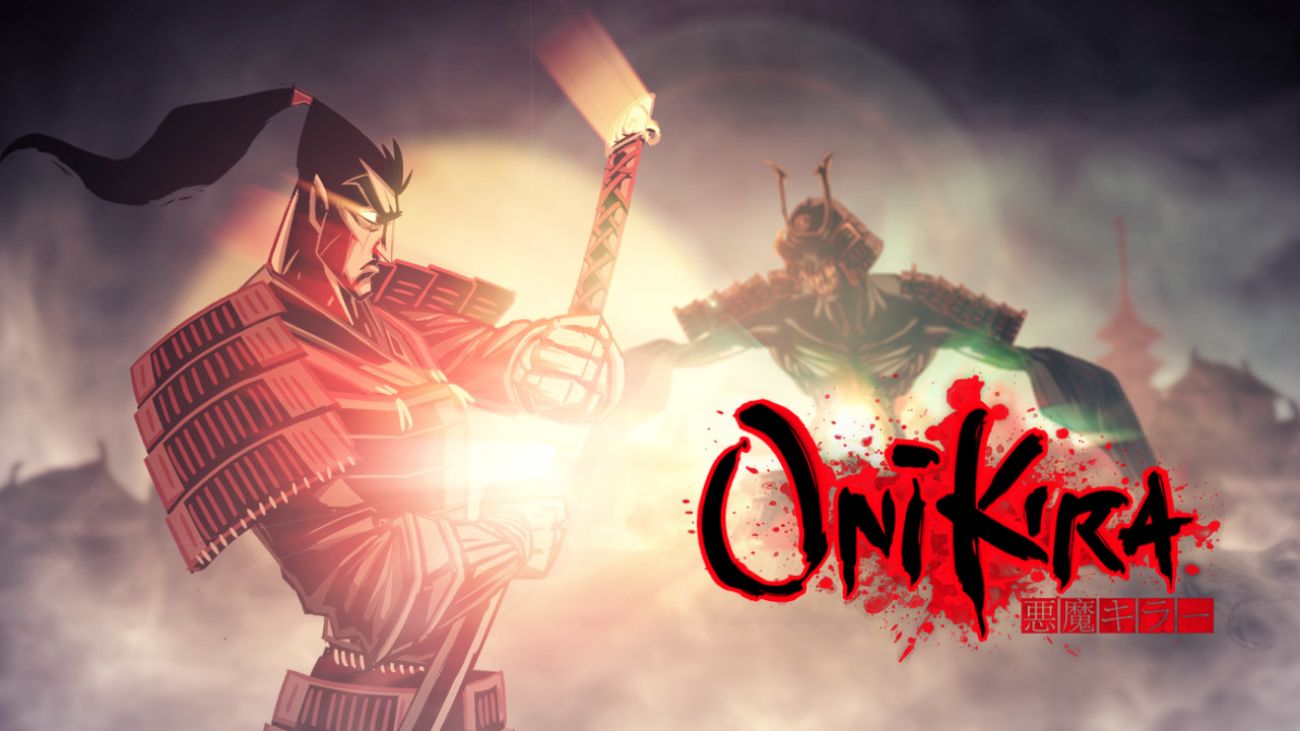A person who loves Japanese history will easily be able to name several famous samurai such as Yoshitsune, Nobunaga, Hideyoshi, Kenshin, Masamune or Musashi among others. However, when we think of women, few can remember a warrior other than Tomoé Gozen, who fought in the Genpei wars and was immortalized in the Heike Monogatari.
This entry is dedicated to a woman who inherited the dominion of her clan and commanded her servants at a time when this was almost unthinkable; Ii Naotora, one of the many samurai characters in Samurai Warriors 4. This was the only offspring of Ii Naomoridix-eighth chief of the Ii clan-and his wife Yuushun-inProbably born in the 1530s.
Li Clan
The Ii clan to which he belonged resided in Totomi province for generations and at one point in their history, they were defeated by the Imagawa clan, becoming a vassal clan of them and their daimyo; Imagawa Yoshimoto. It was common to keep the rival clan alive and force them to pledge allegiance to increase the number of warriors in your army.
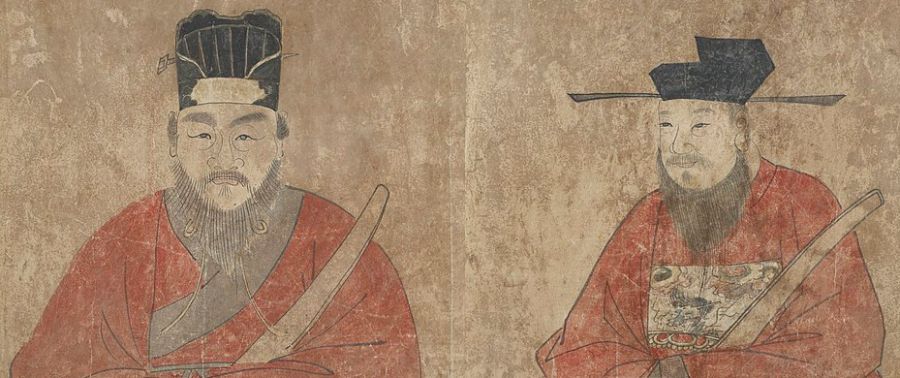
The dispute over the Li clan’s heritage
Naomori had only one daughter, and as we know, women could not achieve power on their own. The little girl would be used (as was the custom in those days) to decide who would be the clan’s descendant by arranged marriage if Naomori died without a male heir.
Their plan was to marry the young woman to Li Naochika, son of Naomitsu (who was Naomori’s uncle). In other words, Naochika was his second uncle. But Ono Michitaka, another servant of the Ii clan, preferred to marry his own son Michiyoshi to her to inherit the clan, so she began to spread the rumor that Naomisu wanted to confront the Imagawa and regain the freedom and sovereignty of the Ii clan.
Although it is not known whether it was true that this branch of the Ii clan had such intentions, the rumors reached the ears of Yoshimoto, who ordered the suicide of Naomitsu and his own son. Young Naochika flees to the neighboring province of Shinano, protected by a Buddhist monk named Oshō Nankei, while her father was not so lucky and took his life by order of the daimyo. This monk also baptized the Naomori girl as Jirō Hōshi when I was about 10 years old.
The fight against the Oda clan
Time passed and in June 1560, the Okehazama battle, where Imagawa Yoshimoto as Ii Naomori fought against the small Oda clan, but who, against all odds, lost and fell fighting against an army 10 times smaller than them, commanded by a young man with almost no experience or reputation called Oda Nobunaga.
The Imagawa clan is controlled by Yoshimoto Imagawa’s son Ujizane”but the Ii clan didn’t have it so easy because Naomori had only one daughter who had also fled years ago and was now a Buddhist nun. Naochika, after the death of the person who ordered him to be executed, returned 10 years later to Castle Iinoya in Totomi, but with the twist that during his exile he had married another woman and had a son.
Naochika was still the closest living relative of the previous Naomori demon, so he took over the Ii clan. But for the second time, rumors began to emerge that Naochika wanted to take advantage of the Imagawa’s weakness and rebel against them. True or not, it is said that it was Ono Michiyoshi who, following in his father’s footsteps, informed Ujizane. This time, Naochika was unable to flee and was executed in 1560.
Otazu no kata: A rival
The Imagawa trusted the Ii less and less, and couldn’t afford to have their territory so fractured as neighboring clans Oda, Takeda and Hojo threatened to attack at any moment. To demonstrate your loyalty Ii Naohira (Jirō Hōshi’s grandfather) and other clansmen have been sent to take Hikuma Castle.
The fortress was ruled by Iio Tsuratatsu, once a vassal of the Imagawa but who turned against them after the death of Yoshimoto and Otazu no kataTsuratatsu’s wife and d’Ujizane’s cousin, who, seeing the tension between the clans, invited Naohira to a meeting with her husband.
Naohira was poisoned by the tea Otazu no Kata served him and his death provoked l’Imagawa, who ordered Tsuratatsu to commit seppuku. His wife took over the Iio clan and two years later, in 1564, he defeated Chikanori as a child, another vassal of the Ii sent to take over the castle that Otazu no kata defended with cunning and ferocity.
Jirō Hōshi returned to Iinoya Castle after learning of his grandfather Naohira’s disastrous fate. She hung up her religious habits and decided to lead the Ii clan herself, christening herself with the name Ii Naotora. This name and that of Jirō Hōshi were both masculine, to avoid associating the clan with a female character.
Ii Naotora in charge of her clan
Ii Naotora She was the twentieth chief of the Ii clan, beginning her tenure between 1563 and 1565. The first thing he did was to adopt the descendant of his former fiancé Naochika Toramatsu. Naotora would have a difficult start when he had to face Ujizane, as l’Imagawa still intended to end li.

Seeing her slim chance of winning in battle, Naotora sought out other clans to secretly support her, encountering the Matsudaira clan, commanded by Matsudaira Takechiyo (later known as Tokugawa Ieyasu’). Although Naotora actively participated in the siege of Hikuma Castle to put an end to Otazu no Kata and avenge his grandfather, others maintain that this is a romantic story from the Edo period.
Naotora used techniques unusual for the time, for she came not from a life of war training, but from a life of meditation and serenity as a Buddhist nun. That’s why their strategies were aimed at avoiding battles and sacrificing as few lives as possible.
Whatever the case, the castle fell in 1568 to the great Tokugawa army with the troops of the Ii clan. Thanks to its alliance with the Tokugawa and tired of constant threats from Imagawa vassals, Naotora gained independence from the Ii clan after two centuries in the service of the Ujizane clan.
Trapped in a war between two titans
Because of the constant instability of the Imagawa provinces (Totomi and Suruga) and the intentions of the other clans, the Takeda and Tokugawa agreed to attack at the same time and divide the territory in 1570. In this way, the Ii clan shared the Totomi province with the Ieyasu clan.
But two years later, the Takeda began to expand westward, motivated by the Ashikaga shogunate to defeat Oda Nobunaga, and the first logical step was to put an end to the Tokugawa, who were its greatest allies and defense to the east. One of Takeda Shingen’s last battles before dying of illness was that of Mikatagahara1573, where he crushed Ieyasu.
The Ii clan was very close to both armies and Naotora feared that Iinoya Castle would be taken by Shingen, seeing that Ieyasu was having trouble defeating the legendary Takeda cavalry. The castle’s inhabitants fled to Hanamatsu and Noda, preventing the extinction of their clan.
When Takeda Katsuyori (Shingen’s Son) takes command of the army, Oda Nobunaga’s reinforcements arrive in time and repel the Takeda. Naotora and his clan reoccupied their home in Iinoya and continued to lead there as daimio for years until his death from illness in 1582.
Legacy of Li Naotora
She was buried in the Ryōtan-ji temple, where her tomb is still preserved. Naotora’s successor was Naochika’s son who was adopted years ago, Toramatsu, now known as Ii Naomasa. In fact, Naotora entrusted Tokugawa Ieyasu with his care when they went to visit Hamamatsu and Naomasa would be known as one of the Tokugawa’s four guardians.
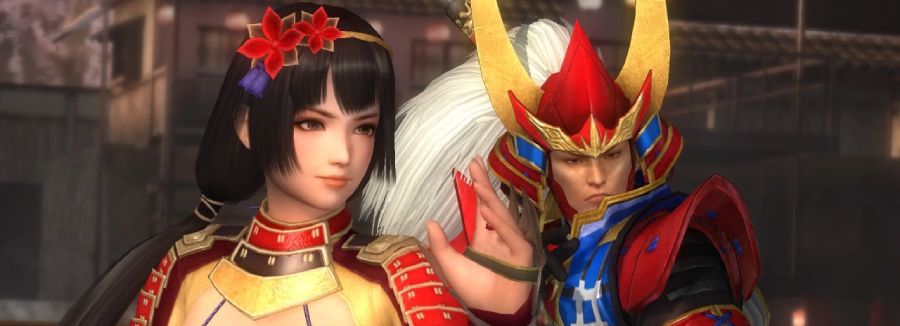
Recently, the figure of Naotora has become very popular thanks to the drama Taiga; Naotora: The Lady Warlord broadcast in 2017 by NHK. The television network is famous for setting up series of stories constantly, quickly popularizing characters from stories of feudal Japan.
He is also a playable character in Koei’s Samurai Warriors saga (first appearance in the fourth opus), although she is portrayed as an archetypal character of the anime world. In the same study, the strategy game also appears in Nobunaga’s Ambition Taishi.
